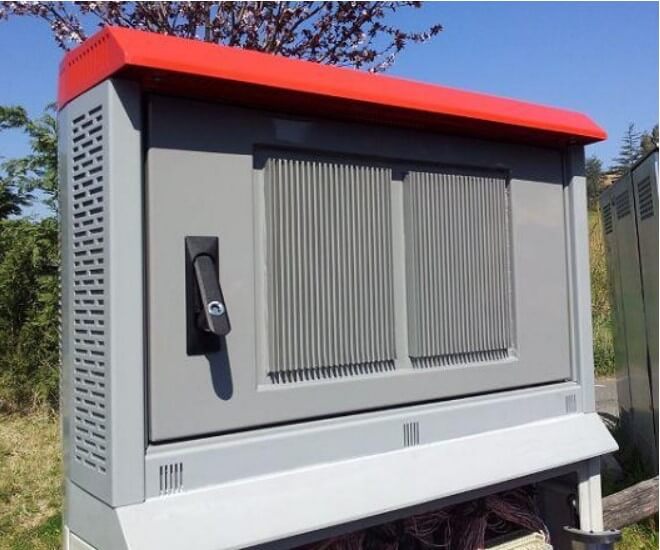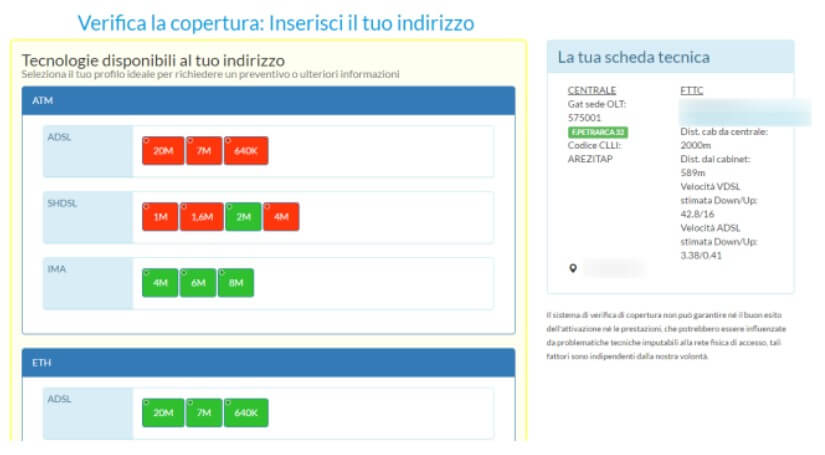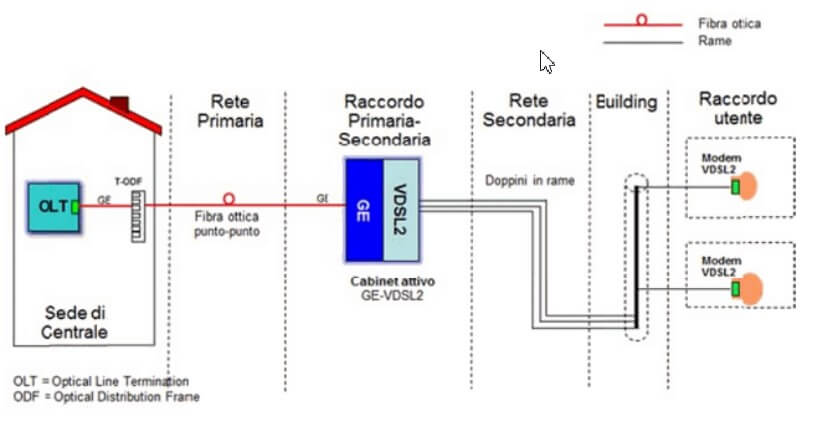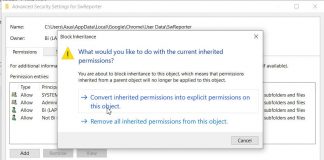How to determine where the telephone exchange is located and the distance from the street cabinet? This information is useful for estimating the performances obtainable both with an ADSL connection and an FTTC fiber link.
How fast will a fiber connection go, how fast will an ADSL connection be?
Telecom is now updating its network infrastructures and localities that until yesterday could only benefit from ADSL connectivity up to 7 Mbps are now reached by ADSL up to 20 Mbps or, in many cases, by FTTC ( Fiber -to-the-Cabinet ).
Even if your area is reached and it is possible to activate an ADSL or FTTC fiber connection, respectively, the distance from the control unit and the street cabinet ( cabinet ) is fundamental.
How to get a map of the Telecom centers and road cabinets and check in advance, before taking out a subscription, the estimated bandwidth available downstream?
How to consult the Telecom central and road cabinets map
Both ADSL connections and FTTC fiber connections are directly affected by the distance from the telephone exchange and the street cabinet.

Distance is essential because as this value increases, a parameter such as signal attenuation significantly increases and, conversely, the signal/noise ratio (SNR) decreases.
With less than optimal attenuation and SNR values, the carrier that can be locked could be considerably lower than the band offered commercially. Thus, a 20 Mbps ADSL may not offer, in practice, more than 10-12 Mbps downstream if the distance from the telephone exchange starts to be relevant.
We talked about it in the article Distance from the ADSL exchange: here’s how to calculate it.
This is a bit of rural areas’ problem: country houses are often very far from the telephone exchange. In the best of cases, by managing to activate an ADSL connection, the achievable performances are very far from those advertised commercially.
It has happened several times to see users very far from the control unit with very bad line parameters (due to the distance, the noise problems on the line become even more important …) remain locked with a carrier of 2468 kbps, 5-6 dB of SNR (values considered as the lower limit with any carrier) and attenuation equal to 55-56 dB.
DSLAM (or MUX-ADSL) is the acronym for Digital Subscriber Line Access Multiplexer: they are numeric access line multiplexer devices installed in telephone exchanges to provide the ADSL service to connected users.
Smaller devices, also called mini-DSLAMsinstead, provide ultra-broadband connectivity (FTTC optical fiber) installed in street Telecom Cabinets.
The ADSL / VDSL router must communicate with these devices. It is evident that if these are positioned at not excessive distances, the higher the speeds that can be reached (also concerning the band available) and the more stable the connection.
Before seeing how it is possible to consult a map of the Telecom exchanges and street cabinets, useful for estimating the performances obtainable with an ADSL or fiber connection, let’s clarify some other aspects of considerable importance.
The line profile, attenuation, and SNR
Usually, when an ADSL / VDSL (optical fiber) connection is activated, the telecommunications operator inhabits a standard profile.
This is a deliberate choice that aims to eventually sacrifice performance on the altar of maximum connection stability.
So much so that TIM, for example, usually activates a profile with SNR at 12 dB
As previously mentioned, the SNR value relates to the useful signal’s power to the noise present on the transmission medium. On the other hand, attenuation expresses the reduction of signal intensity or its loss of energy over time and space (this parameter goes “hand in hand” with the distance from the control unit or street cabinet in the case of FTTC fiber connections ).
If you were not very far from the control panel or street cabinet, activating a 6 dB line profile (also called a 6 dB target ) should allow you to get very close to the commercially advertised connection speed.
The connection profiles can then be interleaved, and fast path: in the first case, enabling error checking during packet transmission offers greater reliability at the expense of slightly higher latency; in the second, the system configuration allows to lower the latency by deactivating the error control in the sending of packets (this second profile is usually activated by lovers of online/multi-playing video games ).
In the case of the ADSL TIM 20 Mbps, for example, the profiles called i141 and F141 allow you to configure the line (ADSL2 + 22240/1215 kbps) with SNR 6 db targets, respectively, in the interleaved and fast path.
Obviously, as already pointed out, the connection must be stable, and you must not be too far from the control unit; otherwise, you risk disconnections.
How fast will the ADSL or fiber connection go? How to understand it with the map of Telecom exchanges and street cabinets
Excellent service for public consultation, which allows access to the Telecom centers and road cabinets map, is that of Planet / IPCompany, accessible from this page.

By typing the address of interest, the web application will return the list of connections that can be activated, both ADSL and VDSL.
Suppose the ADSL connectivity on the ATM network is not available ( saturated indication ), no problem. TIM is, in fact, gradually replacing older DSLAM devices: the important thing is that connectivity on the Ethernet network is not indicated as saturated.
In the box Your datasheet, you can read the name and location of the telephone exchange and, a little further to the right, identify the relevant street cabinet.
For both, the service provides an estimate of the distance in meters from the specified address. In the case of an ADSL connection, it is necessary to focus on the distance from the control panel, while in the case of an FTTC fiber connection on the street cabinet’s distance.
In many cases, what we wanted to highlight in the previous figure can happen: users who, before, with an ADSL connection struggled to hook up a 4 Mbps carrier, with a road cabinet not even close enough, manage to reach 30 without problems. Mbps downstream.
We have verified that the estimate published by Planet / IPCompany is usually underperforming in most situations.
FTTC and G.fast optical fiber
Given the fact that the fiber connections supplied in FTTH ( Fiber-to-the-Home ) mode, in which the fiber cable is brought up to the user’s router, allow achieving the best performance ever, the FTTC fiber is, however, today it is also available in smaller municipalities and towns (and coverage is constantly expanding).
Suppose FTTH fiber is currently the prerogative of the most populous cities. In that case, many users – residing in suburbs or small urban centers – can activate an FTTC fiber connection that can offer from 30 Mbps upstream and 10 Mbps upstream.
Ultra-broadband connectivity, in the case of the FTTC architectural solution, is provided thanks to the presence of mini-DSLAM devices mounted above the street cabinets.
The mini-DSLAMs, powered from the control panel or locally, can connect up to 48 customers in the compact version and up to 192 in the modular versions with multiple slots. Each “downstream” customer is connected using a single copper pair using VDSL2 technology.

Thanks to the recent use of G.fast technology, telecommunications operators can offer well over 30 Mbps even in FTTC mode.
When the street cabinet is no more than 150 meters from the customer’s site, data can be transferred between 200 and 500 Mbps downstream. Around 500-600 meters away from the street cabinet, you can get up to 100-150 Mbps.
As confirmed by TIM, starting from April 2017, the VDSL2 35b technical profile (so-called VDSL Enhanced or EVDSL V7 ) will be made available, which will make it possible to offer ultra-broadband services in FTTC mode up to 200 Mbps downstream.
EVDSL is backward compatible with the VDSL2 technical profiles currently in use. The highest performance achievement will be possible only with networking devices capable of supporting the VDSL2 35b technical profile.
However, further steps are already being taken for the future. Nokia has recently shown that it can achieve well5,000 Mbps downstream with a street cabinet placed 70 meters away using XG.fast technology.

I’m Mr.Love . I’m admin of Techsmartest.com













